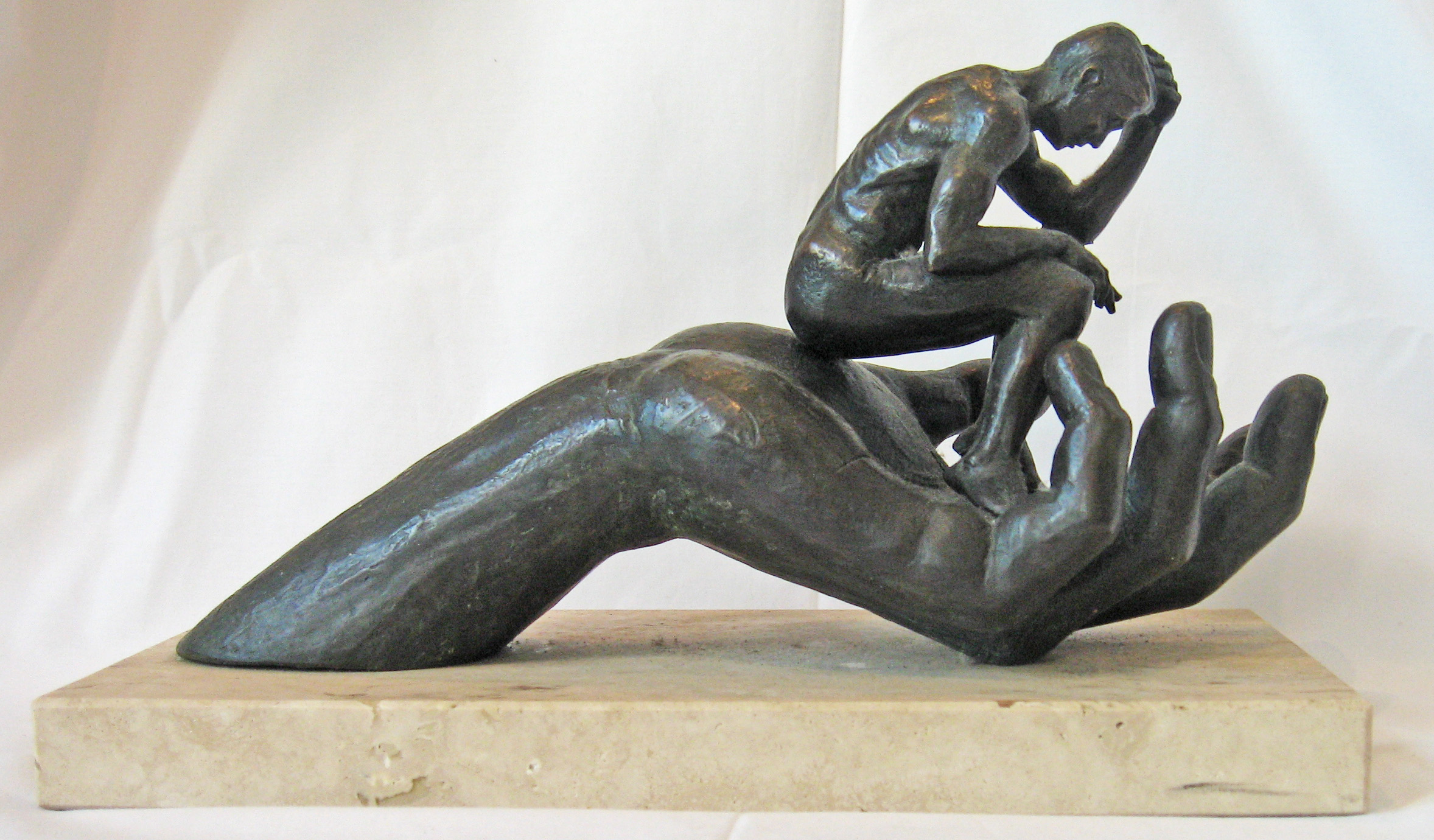Here is the complete series: 1, 2, 3a, 3b, 4, 5, 6.
So we have talked about how Heaven and Earth are best thought as God’s Temple, and that God rests in his temple residence as the ruler of the cosmos.
This naturally leads us to ask, “Ok, so what does humanity have to do with all this?”
Good question. Glad you asked. Answering this questions leads to an understanding of the nature/purpose of humanity, and then how this was lost and what salvation means (hint: salvation is re-gaining the presence of God).
Image and Likeness of God?
Theologians have debated forever what the image and likeness of God means: what makes us in the image/likeness of God? Is it our spirituality, our immortal soul, our rationality, our creativity? Well yes, but no. Well, yes and no.
Yes, I believe all of these things are part of humanity in some sense and they inform what being in the image/likeness of God is. But, as with our understanding of “creation” as focusing more on the function than the material, so too must we consider the function of humanity rather than its material (spirit, soul, body, mind).
Royal Image:
Our first understanding of “image” comes from the practices of rulers to place statues of themselves around their land to remind the inhabitants who is in charge. The “image” of the ruler is an extension of his rule, marking out the boundaries of his kingdom. In a sense, humanity serves as representatives of God. And as God’s representatives God blesses humanity to be fruitful and multiply (Gen. 1:28). As we will see, this “blessing” to be “fruitful” and “multiply” is key in understanding God’s call to Abraham and then Israel.
Cultic Image:
But in addition to this “royal image” we also need to think of the temple context of creation and the garden (something we have been arguing for throughout).
When people build temples for their gods they usually included an “idol” of the god, an “image” that was a representation of the god. These would be placed in the holy places of the temple. Of course people understood that they were not the gods themselves, but was a representation of the god.
So, if we are to think of Eden (and the cosmos as a whole) as a temple of God, made by God, then it is reasonable to think that God placed his own “image” in this temple. Indeed, this is exactly what he has done in humanity, the original “image” or “idol” of God, serving in the temple of God.
Our Function?
Ok, so these are two essential aspects of what it means for humanity to be in the “image and likeness of God”, but still, what does that tell about our function.
In this sense, that humanity is made in the image of God means humanity is to express and extend God’s rule and reign as God’s representatives (royal image), and more intimately, humans are to be representations (cultic image) of God in the world. Wherever we go God is meant to be seen and known. This is why God blesses humanity and tells us to be fruitful and multiply. In a sense, as humanity spreads out and cultivates the earth the living and walking image of God will expand and fill the earth so that God’s presence will likewise fill the earth.
The function of humanity means we are to be representative of God’s kingdom in the world, and more than that, we are actually representation of God.
This sets the bar pretty high for what we were created to do.
Unfortunately Adam and Eve almost immediately fell from being a representative and representation of God in the world, and instead wanted to set up their own rule and kingdom (one separated from the word and work of God) (this is what Romans 5:17 tells us, that in Adam sin and death gained a kingdom).
But that is for the next post.
God’s Presence
To sum up, creation is best thought as a place for God’s presence in that it is structured like a cosmic temple, a place for God to rest and rule as his residence. And humanity was meant to represent this presence of God in the world.
But all is broken now, with God’s presence known as partial and fleeting. What is God going to do about it? First he begins to creates a small scale place for his presence, which then turns into a person of his presence, and finally a people of his presence (overview is here).



5 replies on “Being the Temple for the World, #4”
[…] we saw in the last post, humanity was created in God’s image and likeness to be God’s representative in the world […]
[…] is all lost, and has humanity fully abandoned its call (election even) to be the “image of God” as re-presentative (royal-image) and re-presentation […]
[…] is the complete series: 1, 2, 3a, 3b, 4, 5, […]
Place, person and people for the presence of God is great, but chronologically and historically it was a people, land, place, person, people. In other words, the place of Israel as a people and land, needs to be incorporated into the schema.
Kon, yes that is technically true. All three (place, person, people) are always involved in each phase, but I think the emphasis is different in each (Israel, Jesus, Church).